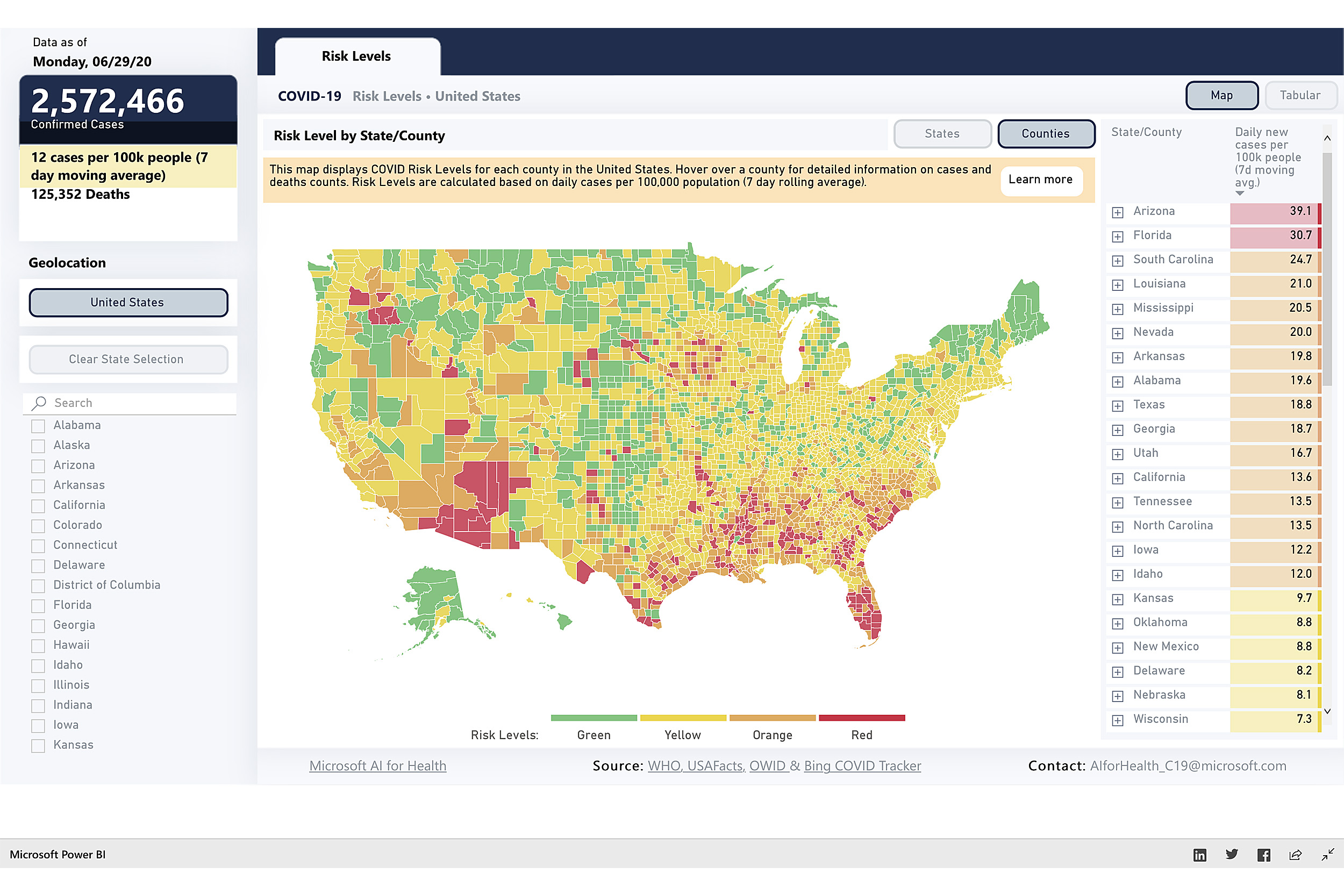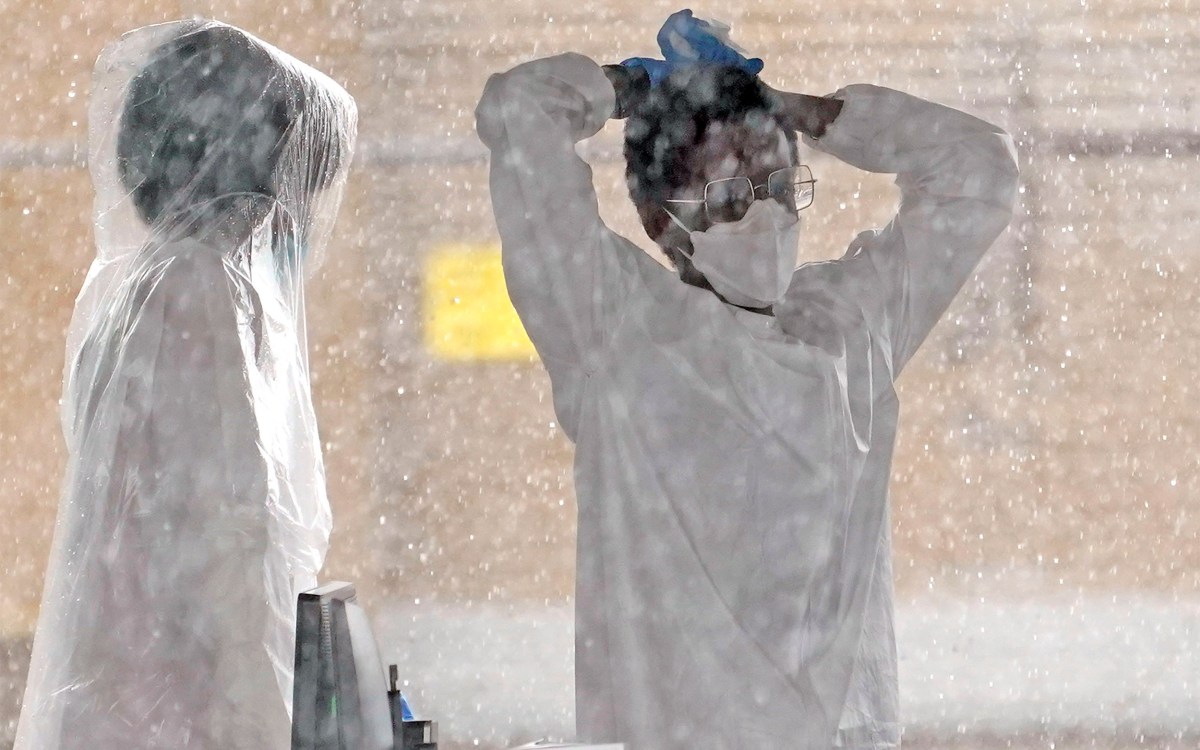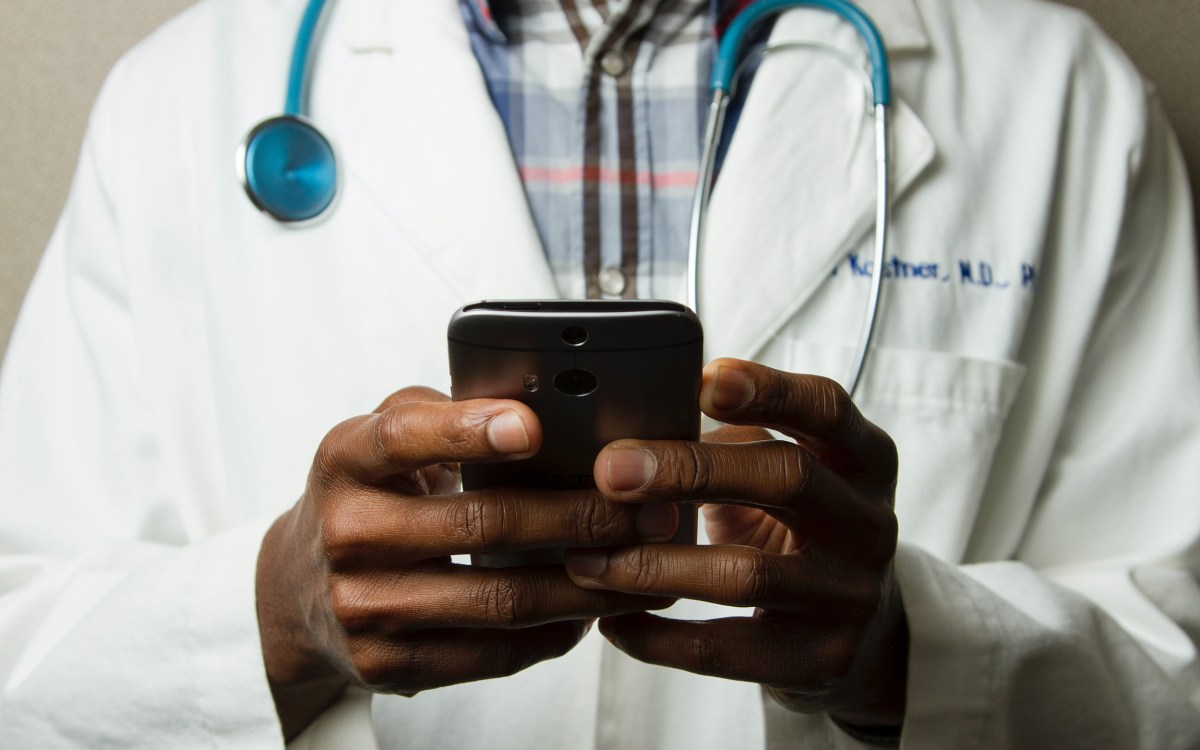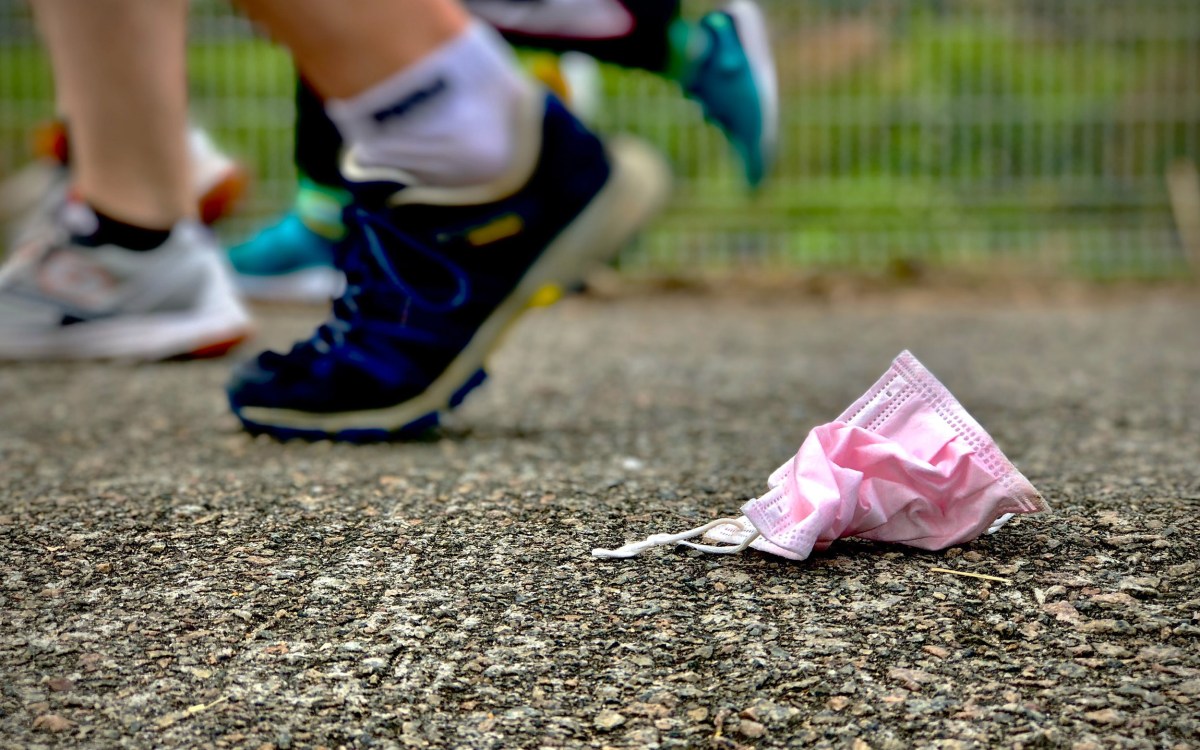
The COVID Risk Level map showing results across states and counties.
Map via Pandemics Explained
The path to zero
Researchers and public health experts unite to bring clarity to key metrics guiding coronavirus response
This is part of our Coronavirus Update series in which Harvard specialists in epidemiology, infectious disease, economics, politics, and other disciplines offer insights into what the latest developments in the COVID-19 outbreak may bring.
Uncertainty is the currency of pandemics. As evidence on the new coronavirus, how it spreads and who falls ill from it emerges slowly, policy makers and the public have to base their decisions on the best information available. Experts help interpret the evidence, but they may differ on details that can be confusing for non-experts — and filtering out what matters from a rising sea of misinformation has become a daunting task.
More like this
To help cut through the noise and sometimes conflicting advice, a network of research, policy and public health experts convened by Harvard’s Global Health Institute and Edmond J. Safra Center for Ethics launched a Key Metrics For COVID Suppression framework that provides clear, accessible guidance to policy makers and the public on how to target and suppress COVID-19 more effectively across the nation.
“The public needs clear and consistent information about COVID risk levels in different jurisdictions for personal decision-making, and policy-makers need clear and consistent visibility that permits differentiating policy across jurisdictions”, said Danielle Allen, director of the Safra Center. “We also collectively need to keep focused on what should be our main target: a path to near zero case incidence.”
The new framework brings clarity to metrics that help communities determine the severity of the outbreak they are responding to. A new COVID Risk Level map shows if a county or state is on the green, yellow, orange or red risk level, based on the number of new daily cases. The framework then delivers broad guidance on the intensity of control efforts needed based on these COVID risk levels. It offers key performance indicators for testing and contact tracing across all risk levels, as a backbone for suppression efforts.
The framework also allows for a breadth of options for what to do beyond TTSI (testing, tracing and supported isolation) when jurisdictions are at yellow and orange levels. Public officials need to make strategic decisions suitable to their context. Once a community reaches the red risk level, stay-at-home orders become necessary again. The framework also draws attention to the need to focus on suppression at every risk level.
“Local leaders need and deserve a unified approach for suppressing COVID-19, with common metrics so that they can begin to anticipate and get ahead of the virus, rather than reacting to uncontrolled community spread,” said Beth Cameron, vice president for global biological policy and programs at the Nuclear Threat Initiative and a member of the COVID-Local.org team. “Unless and until there is a whole of government response, with measurable progress communicated similarly and regularly across every state and locality, U.S. leaders will be left to react to the chaos of the virus — rather than being able to more effectively target interventions to suppress it.”
“Robust TTSI programs are key on the pathway to suppression. We need to consistently apply data-driven testing of hotspots, combined with contact tracing based testing, especially in states where case numbers are rising rapidly,” said Ashish K. Jha, director of the Harvard Global Health Institute. “It is what we need to get the virus level so low that we don’t have large numbers of people getting sick and dying and that we can open up our economy.”
“The metrics are now clear: we can reopen and keep open our workplaces and our communities,” added Jonathan D. Quick, managing director for Pandemic Response, Preparedness, and Prevention, The Rockefeller Foundation. “But achieving this will require a dramatic expansion of testing and tracing to again flatten the curve and eventually suppress the pandemic to near zero new cases.”







